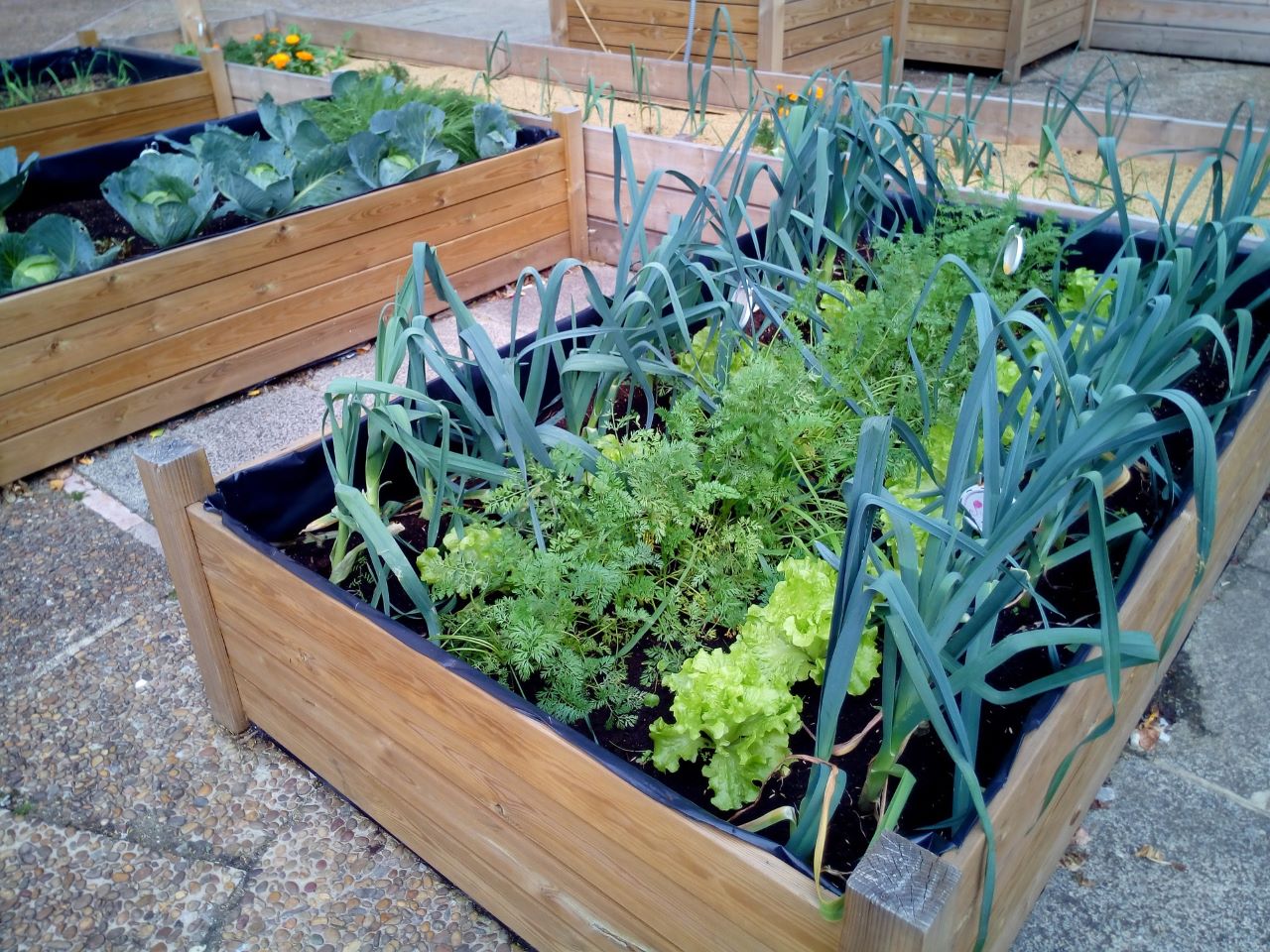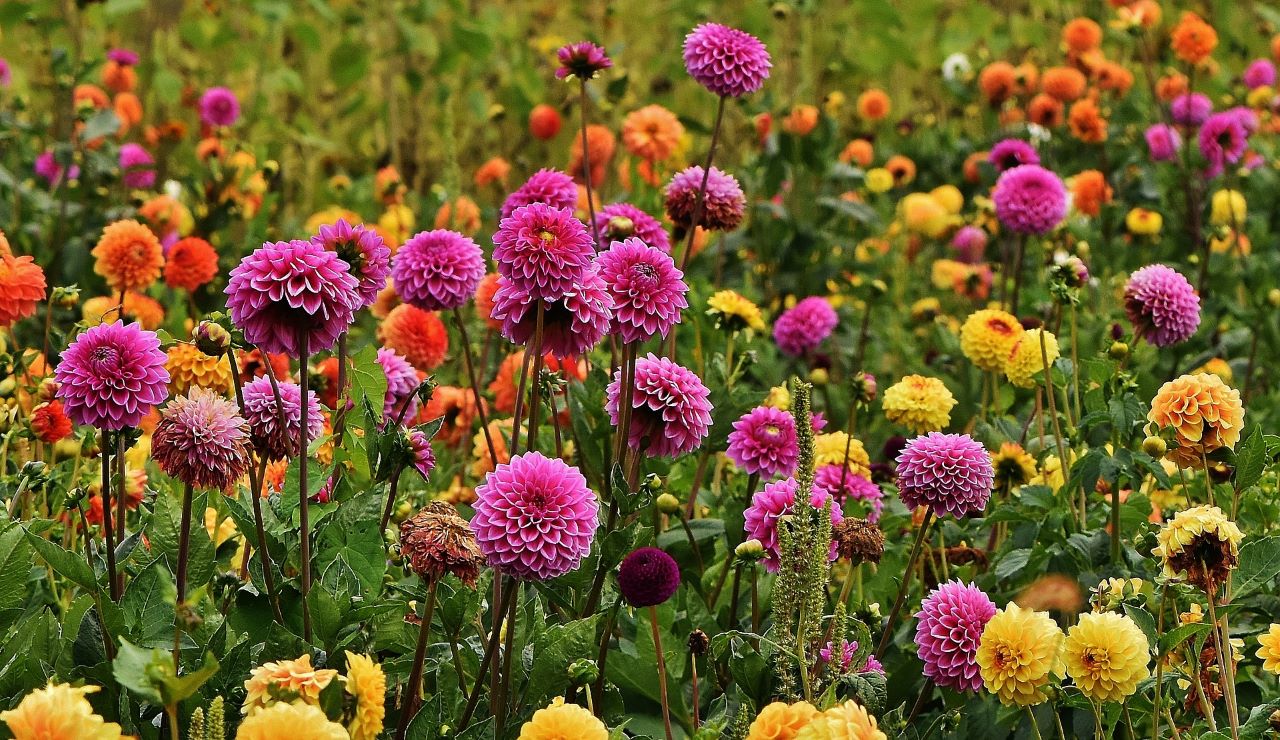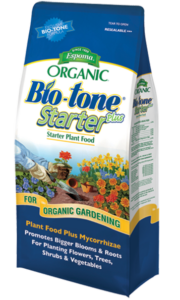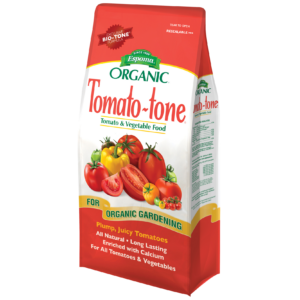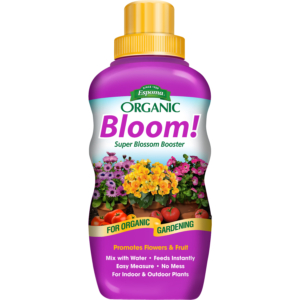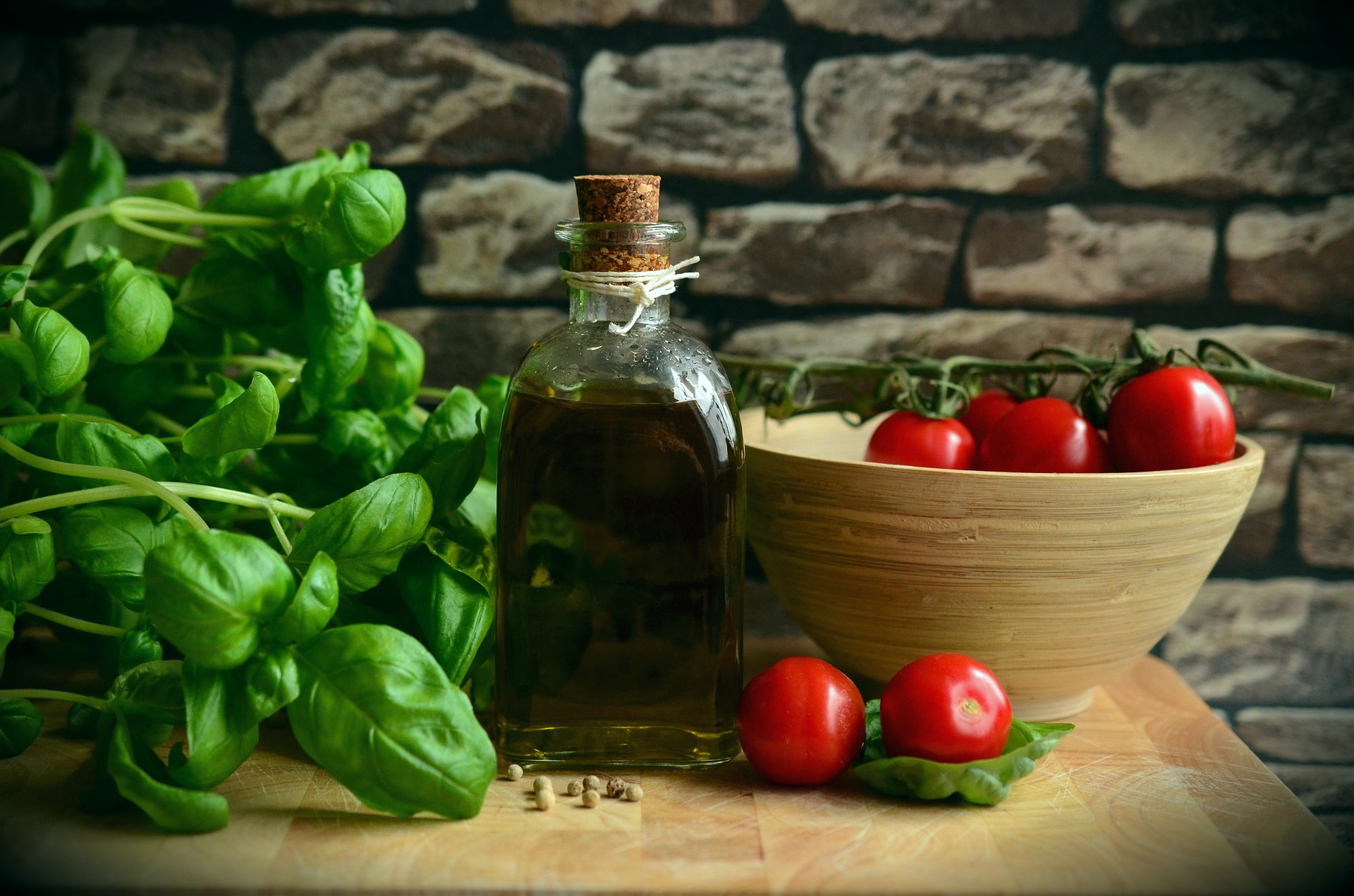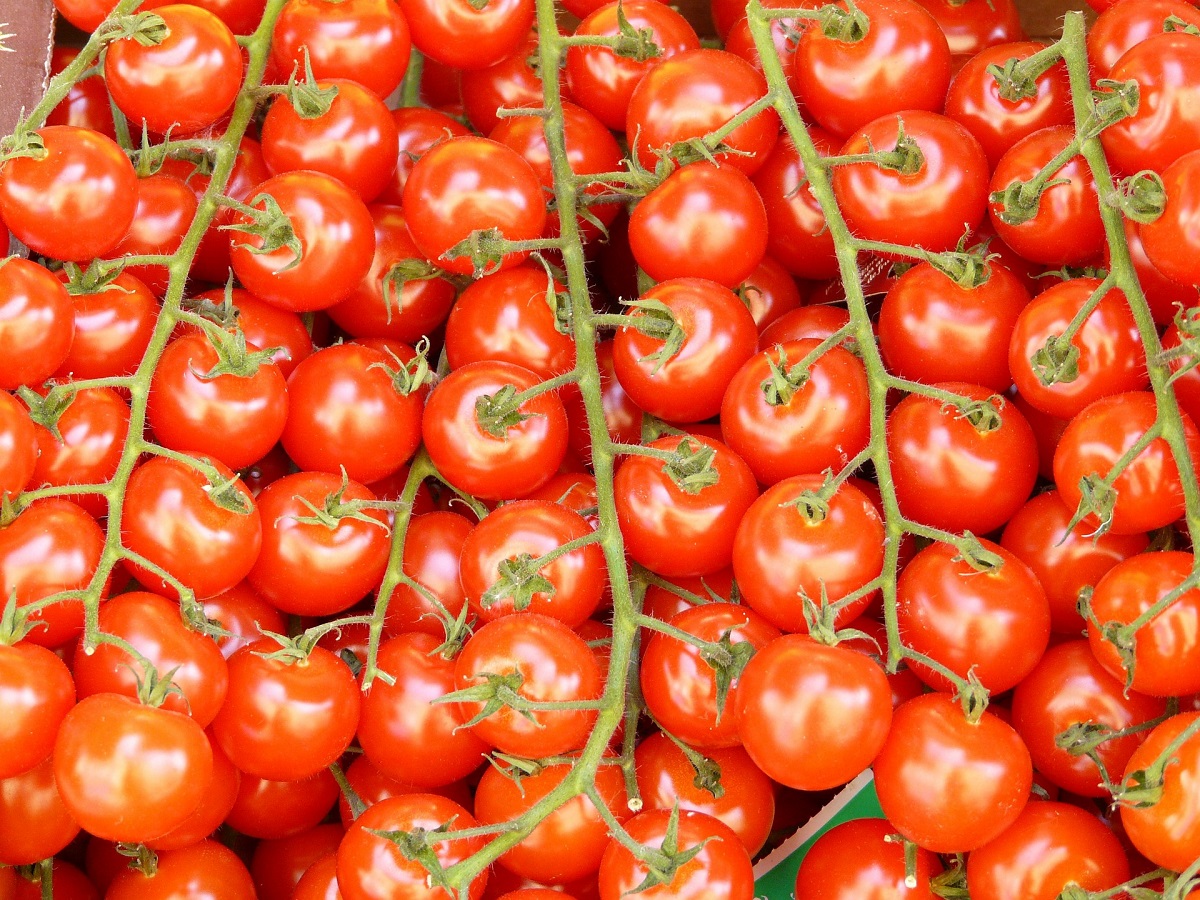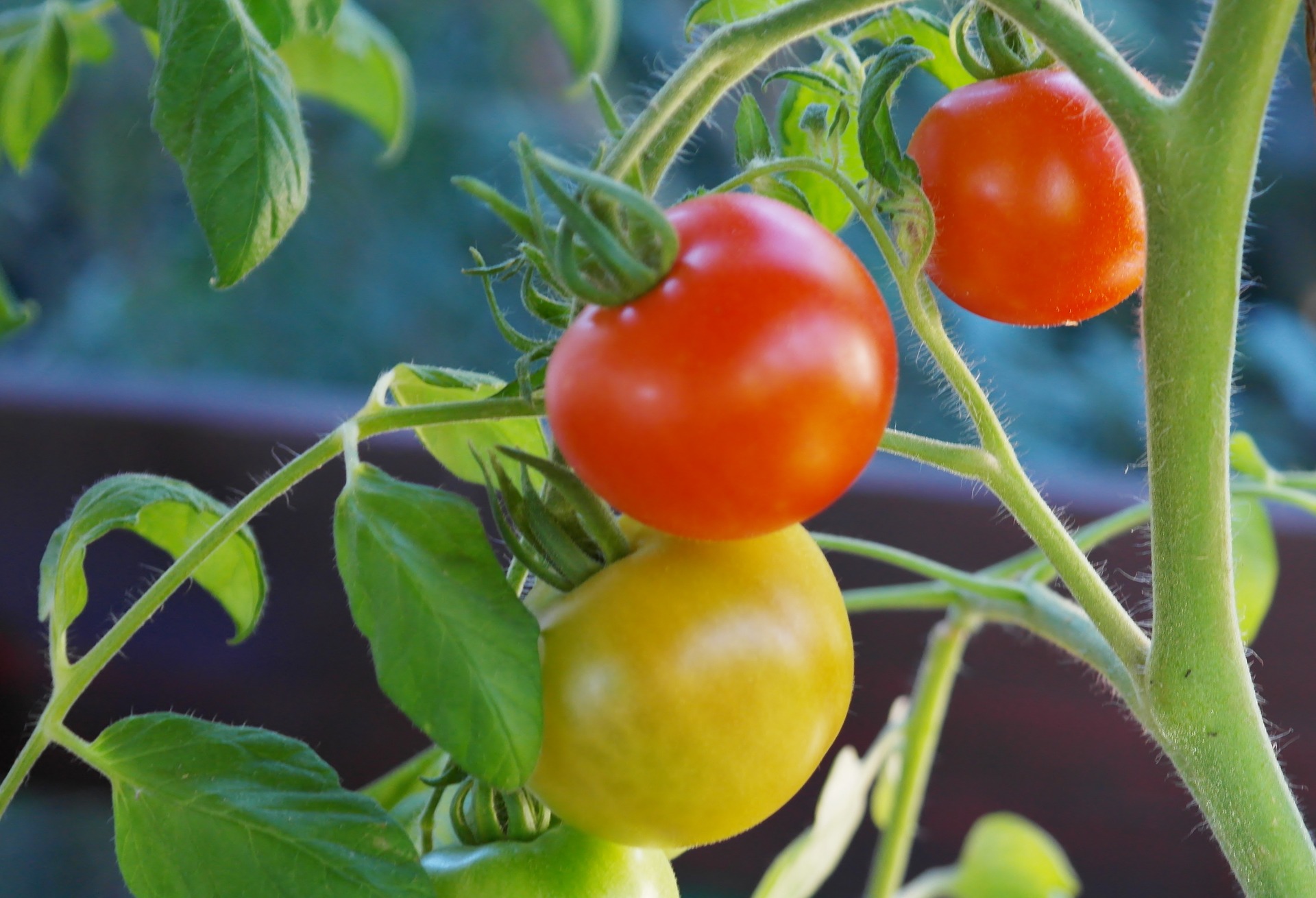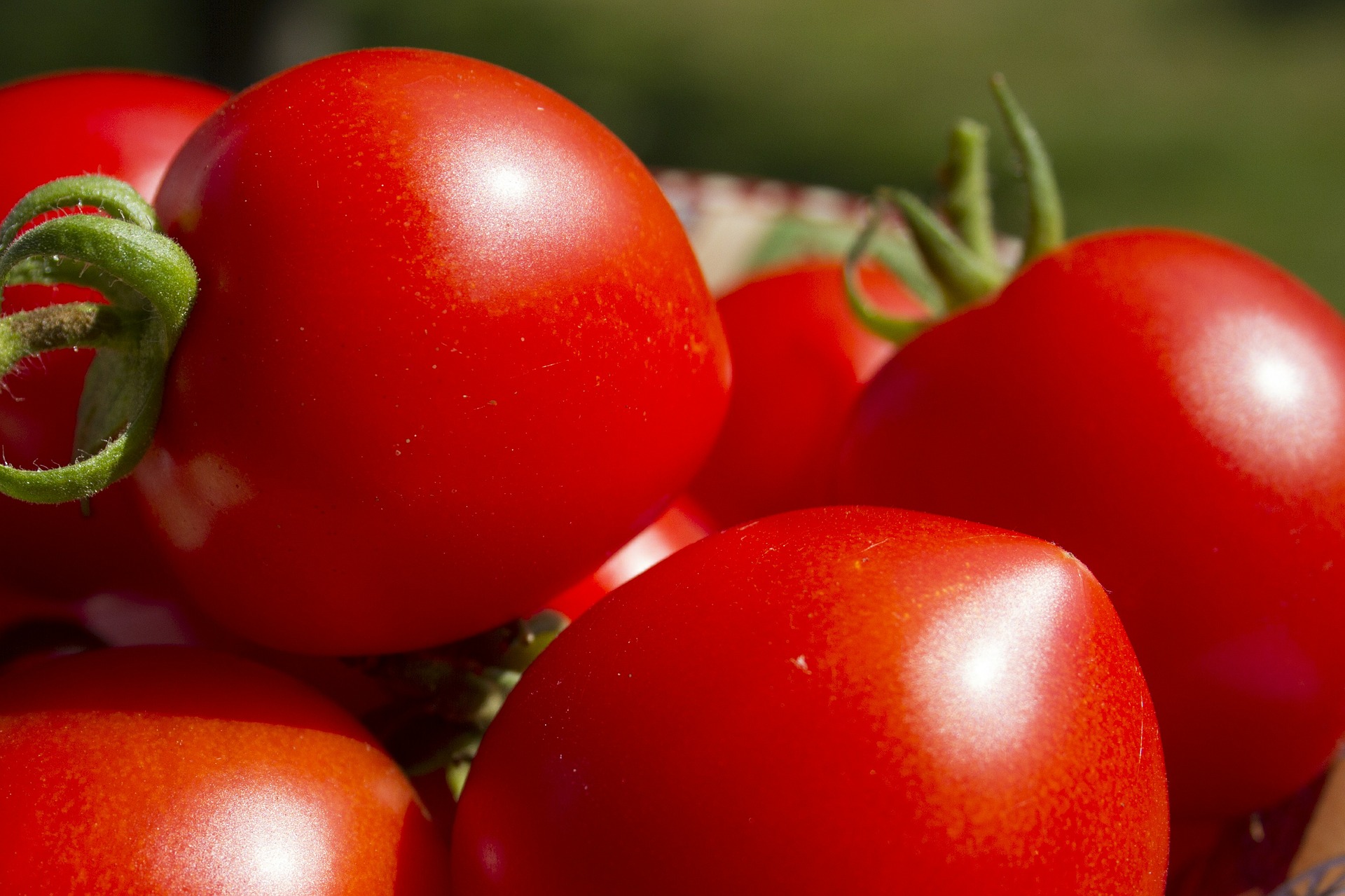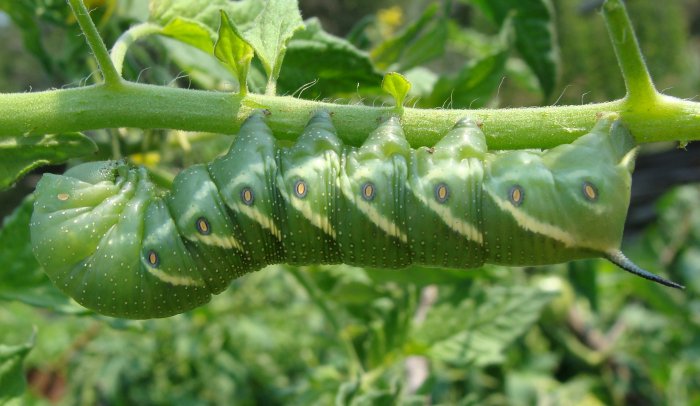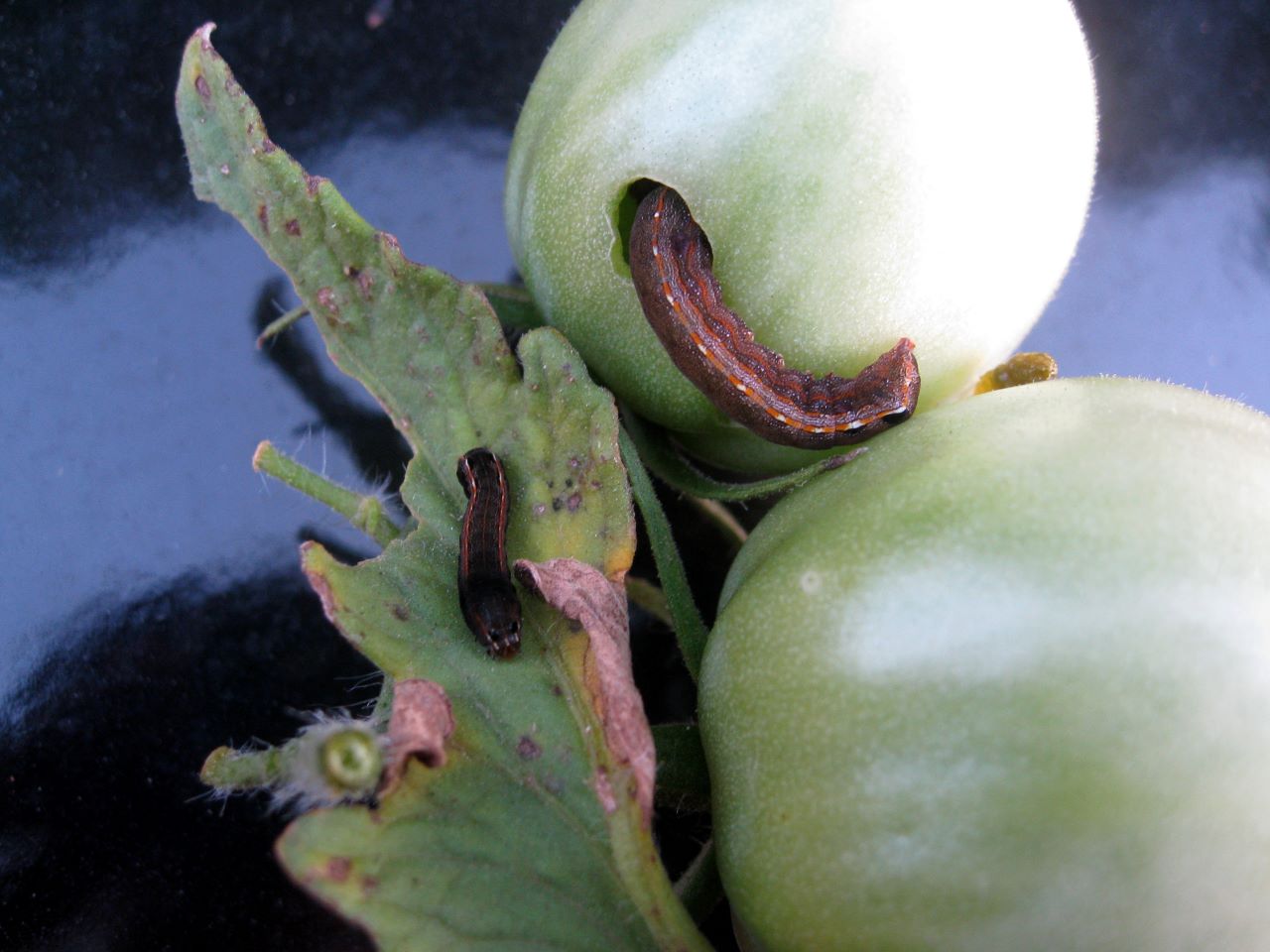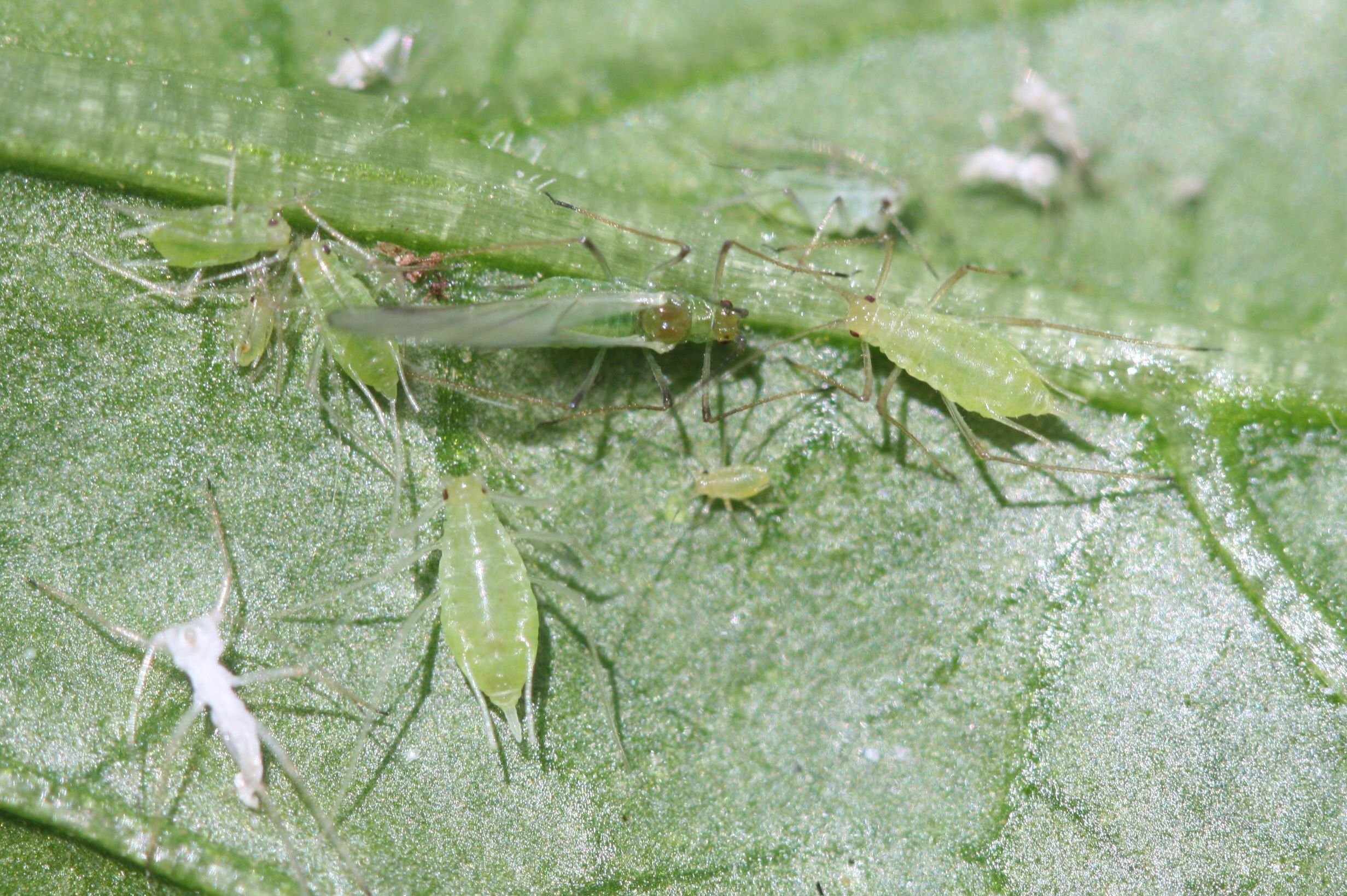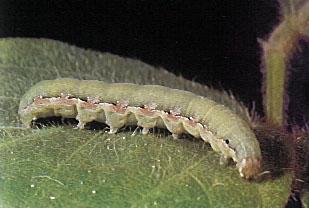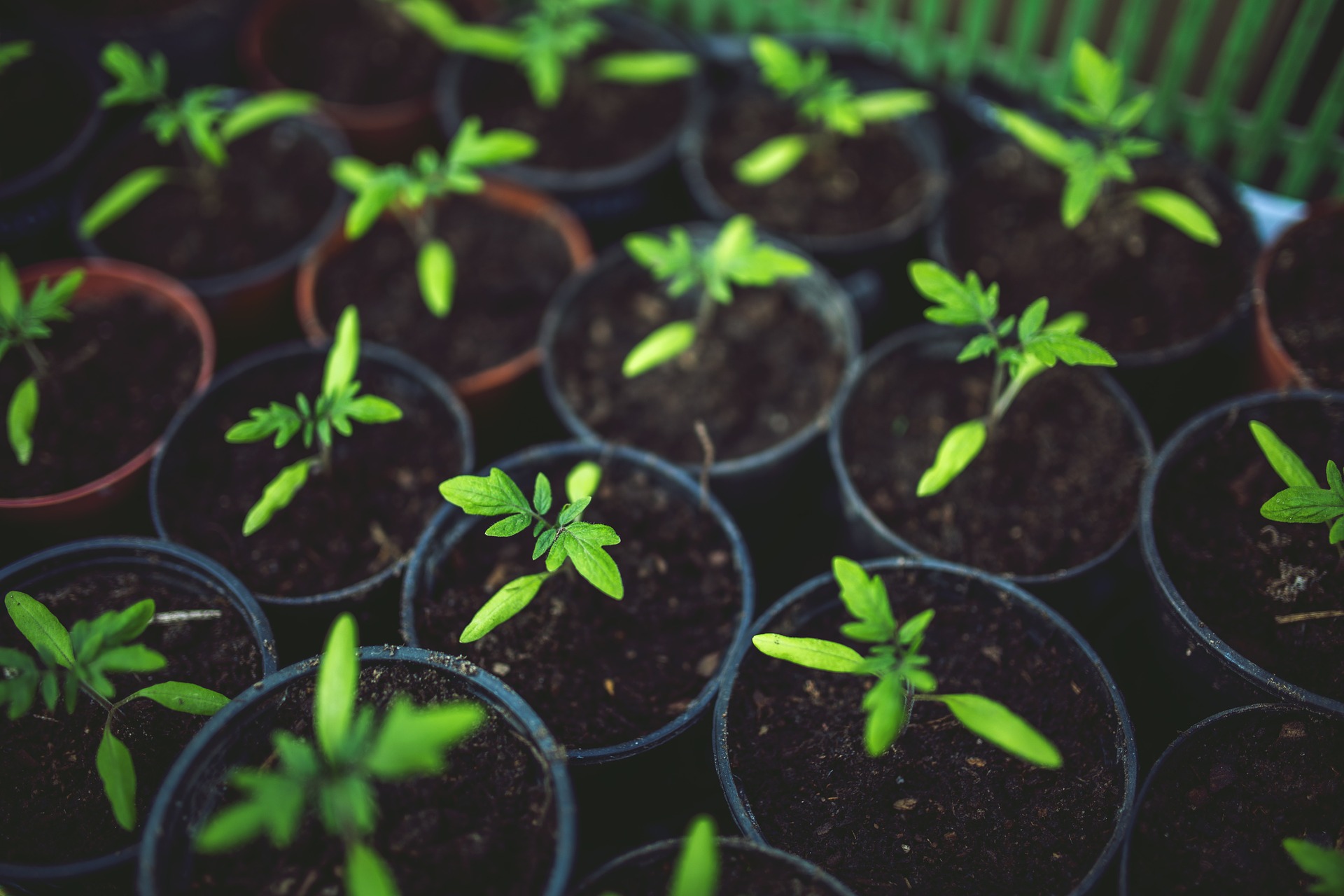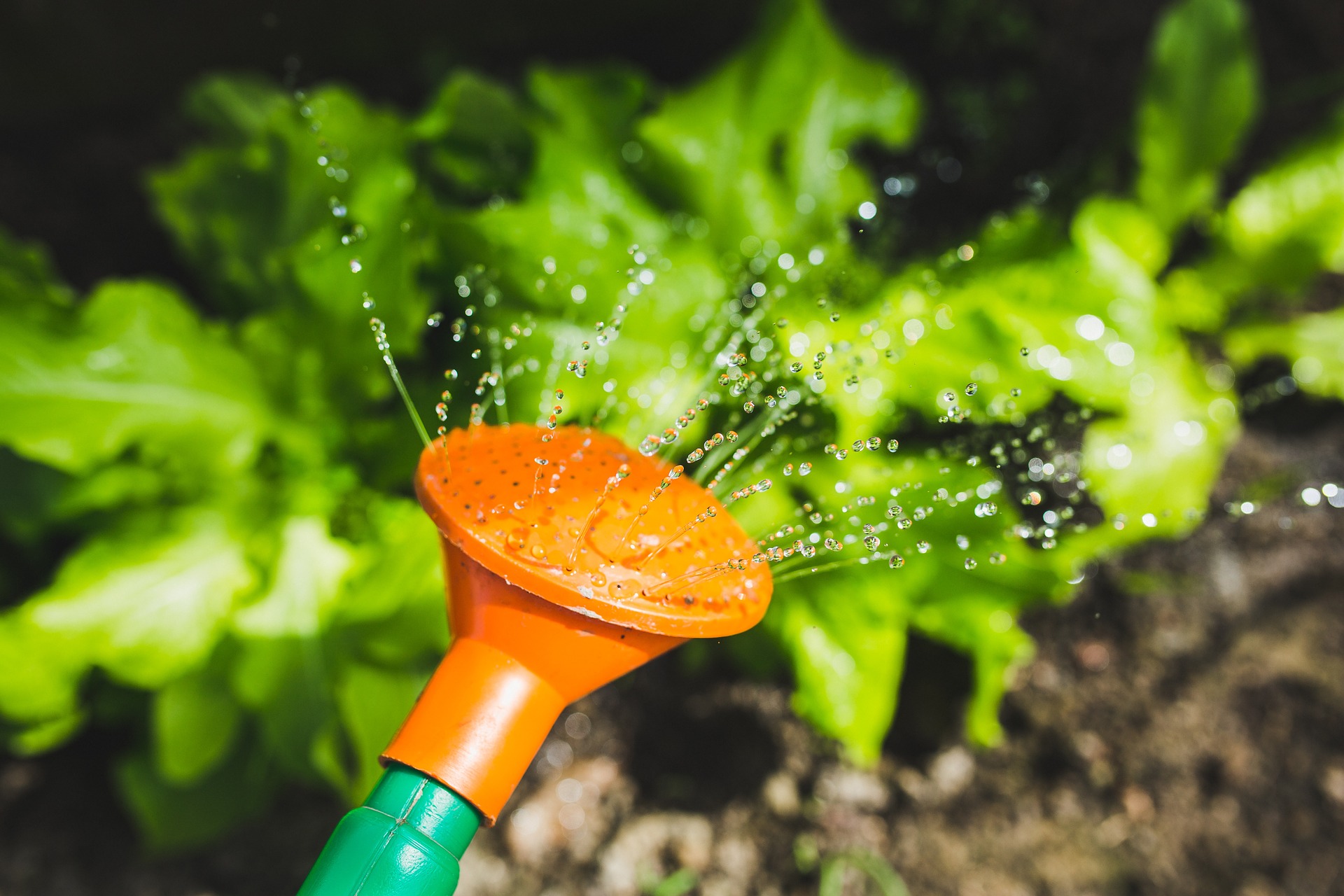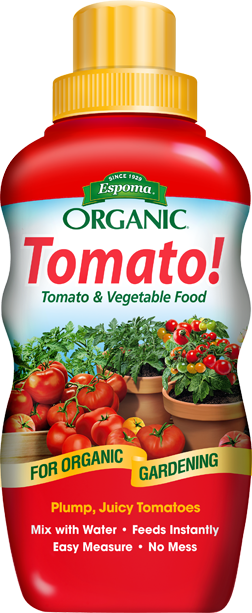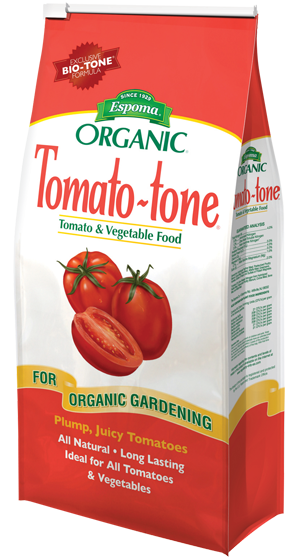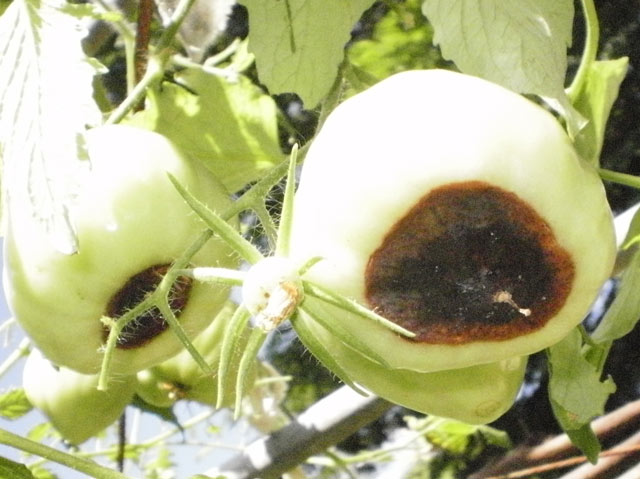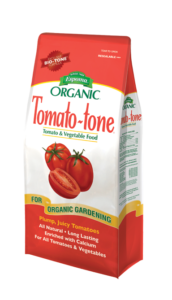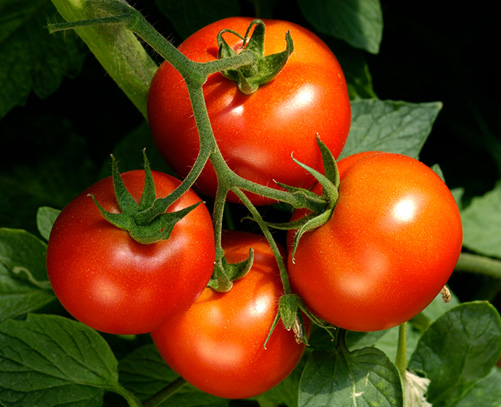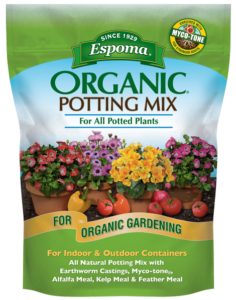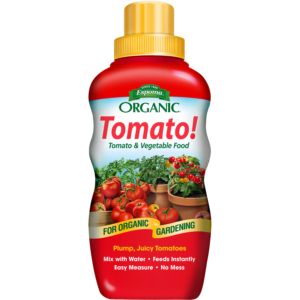Fall Gardening Checklist
September marks the turn of a new leaf. The hot summer weather is fizzling out in favor of cool, crisp fall breezes, prompting bonfires, football games, and pumpkin everything.
For gardeners, fall can be one of the busiest seasons. Often, gardeners juggle wrapping up their summer harvests with the responsibilities of preparing for the coming seasons.
With this to-do list from Homestead Gardens, you’ll be ready to fall in love with fall; and with some extra preparation, you’ll be better prepared for winter and spring, too!
7 Things To Do in the Garden This Fall
1. Deadhead to get Ahead. Freshen up flowerbeds by deadheading and removing plants that have stopped blooming. Do maintenance in the morning before the weather gets too hot.
2. Don’t stop Planting. After you’ve harvested your remaining summer veggies, you can plant fall crops and begin transplants! Use Espoma Organic Bio-tone Starter Plus at the time of planting to ensure your new or transplanted plants have the nutrients they need for establishment.
3. Serve… or Preserve. Have more vegetables and herbs than you know how to handle? Preserve your harvest. Experiment with making jams or pickles, and try freezing raw fruit, veggies, or herbs. Make sauce out of your tomatoes, or slow roast them.
4. Flower Power. Keep your annual flowers blooming as long as possible! The key to success? Use Espoma’s Bloom! liquid fertilizer.
5. Watch out for Winter! Start winterizing your garden’s watering system. Keep an eye out for the first few frosts of the season, and cover plants when necessary. Gradually transition your summer houseplants back indoors.
6. Divide and Conquer. Divide and split your perennials, dig and store tender bulbs like dahlias and caladiums, and start planting spring flowering bulbs.
7. Red, Dead Ahead! Are your tomato plants lacking fruit? Producing dull leaves? Sprinkle some Tomato-tone to give them a final boost.
*****
With these tips, your fall landscape will look better than ever.
Have a picture of your fall garden that you want to share? Drop by our Facebook page!
Featured Products:

